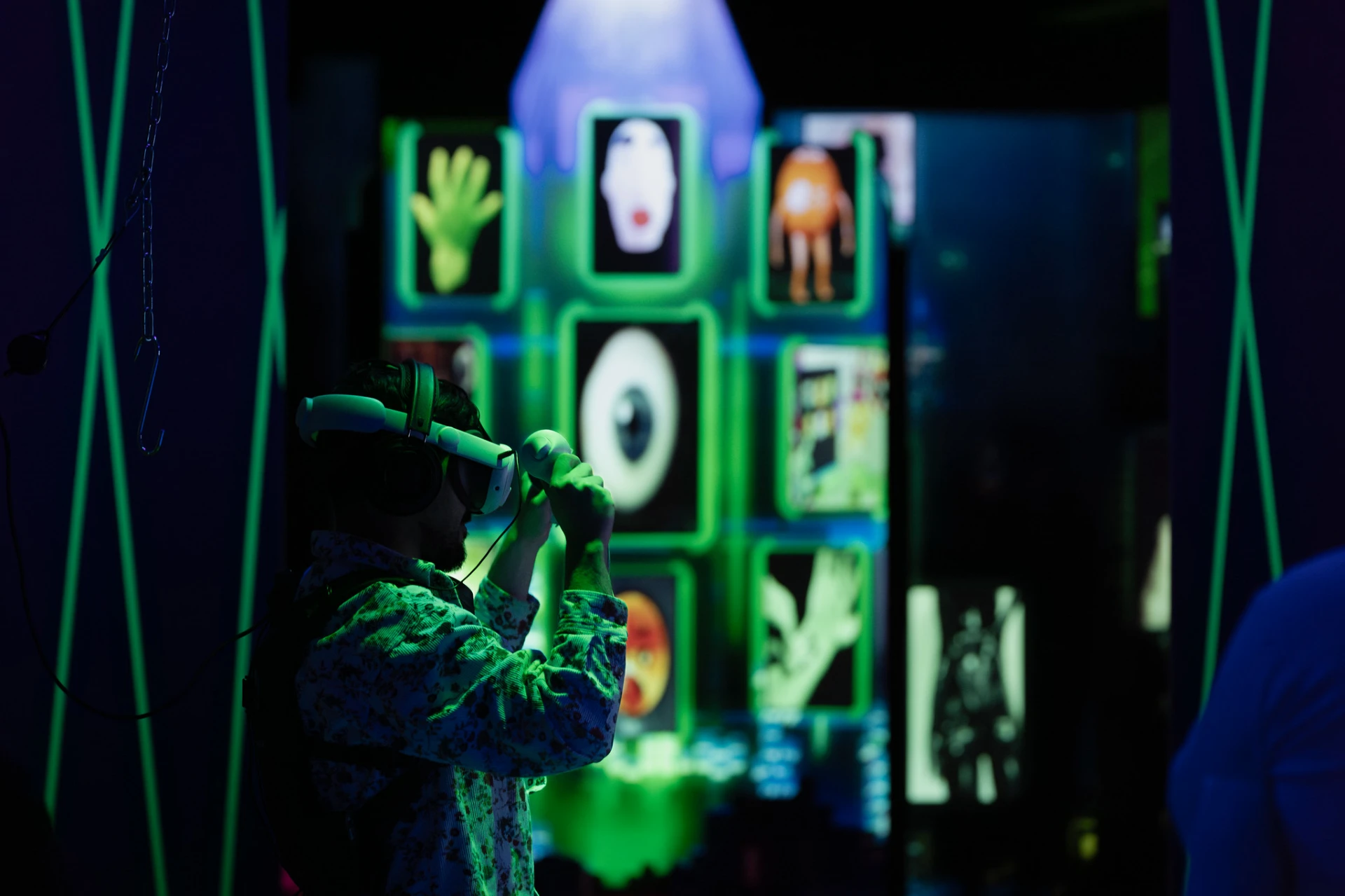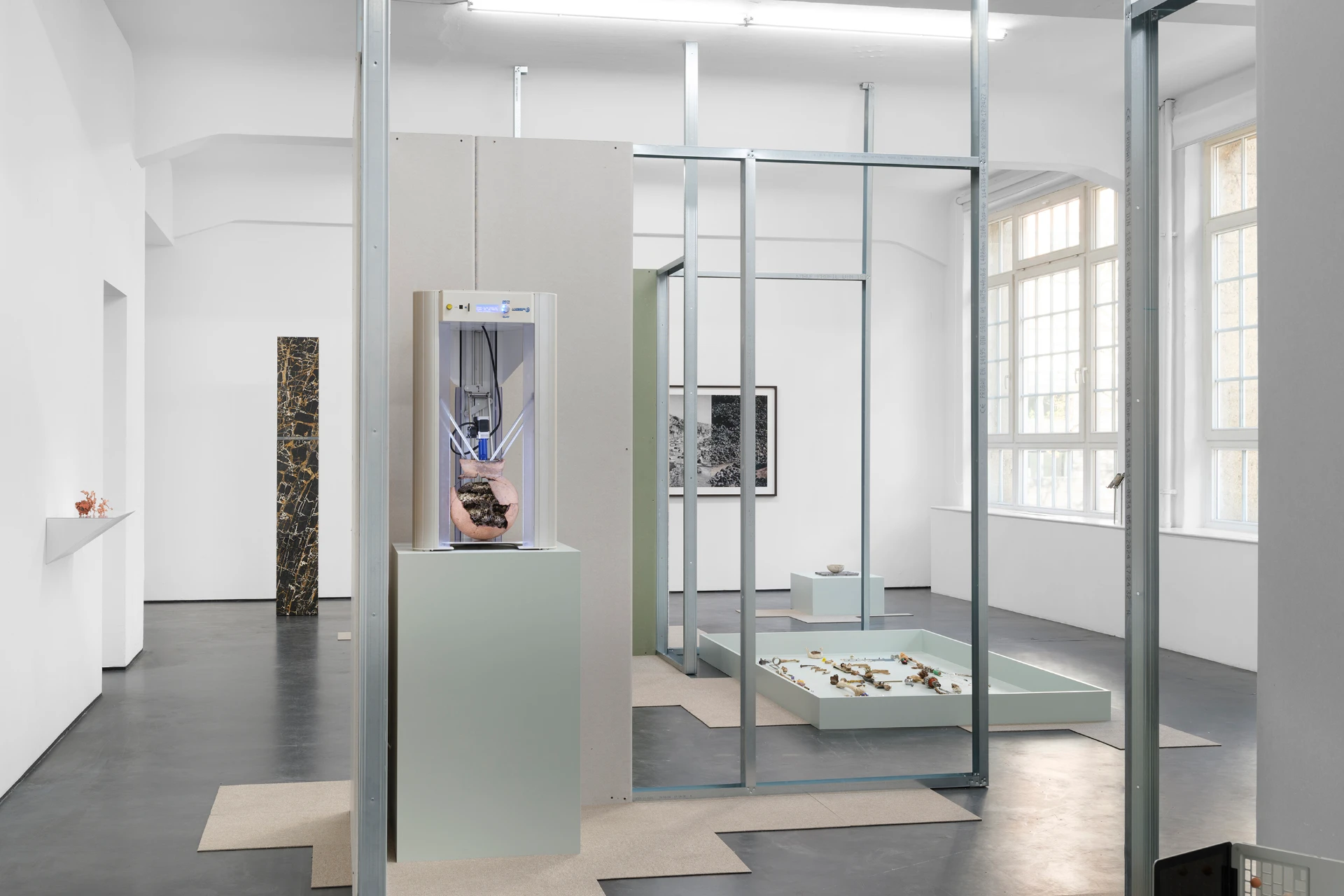11 Jul 2025
Soundscape | Fernando José Pereira
Essayby Fernando José Pereira
What should we understand by soundscape for a website?
—
The canonical notion of soundscape is to convey to the listener sounds that evoke a specific idea of landscape. We've long known that landscape is a human mental construct that refers to representations of nature, or other human environments.
What sounds emanate from a website? What landscape can be built from a completely artificial environment? These are questions that place us in a difficult position and, simultaneously, fully engaged in a challenging logic. A challenge, above all, mental. A sonic construction that can imagine, not mimic, the possibilities of a potential algorithmic sonority.
We know, however, that algorithms lack this intrinsic human quality of identity. Algorithms are chameleonic, in their relentless pursuit of appearing efficient. There is nothing in the virtual environment that is not constitutive of this algorithmic efficiency (except through deliberate distortion, as occurs in some artistic experiments, for example, such as the so-called digital glitch).
The soundscape, however, departs from the definitions that date back to Erik Satie and his musique d'ameublement, or from the well-known ambient music that occupies merely an innocuous sonic space in a room (derogatorily known as elevator music). We are, therefore, faced with an essential distinction: constructing sounds that evoke the environment, without, however, falling into its apparent nonexistence.
A soundscape for a website will, therefore, have two positions of identity: first, its presence must be felt as a constituent and addition to the site's content; second, as a direct consequence of this first option, its sonic construction must discreetly intrude on the relationship established between the user and the content they are consulting. This first proposal contemplates the hypothesis of the sole use of electronic sounds (paradoxically, the natural sounds of an artificial environment) as an interventional possibility. A kind of active contemplation, that is, a possibility that, despite being apparently passive, reveals its full potential in the difference it introduces to the user's visit.
We learned from Cage that silence is one of the sounds we should prioritize: this space is present in this project in a very "audible" form, as this is one of the primary requirements of digital machines: to be as silent as possible. We would say, ironically, that the silences of this soundscape are the spaces occupied by the almost obligatory field recordings present in these sound objects. The other important element is duration. By asserting its long duration, the soundscape resists (attempts to help resist) the impetus of instantaneity imposed by the virtual environment.
We hope that these premises result in a more intense enjoyment of a website. However, as in the entire world of art, the relationship established is always subjective, and therefore, reactions to the presence of the same soundscape will be distinct.
Let each person determine the relationship they want to establish with this object. This is a decision that is beyond us, but of which we are aware. This landscape is not an invasive, intrusive, or imposing object. Rather, as in all aesthetic enjoyment, it is about adding one experience to the others that one is having.
However, for this to happen, there must be an expectation of meaning that allows for this openness. It's also essential that temporality extends beyond the "normality" of scrolling, which is so common in these environments. Only then will the existence of the soundscape make sense, and only then will the built project be able to evoke the resonance so necessary for artistic objects.
Everything that has been said will depend, first and foremost, on what each user wants from their visit to the site. The site merely serves as a mediator between an already constructed object and the desire to listen to it. And this is an individual and free decision. As free as the existence of this sound object.
BIOGRAPHY
Fernando José Pereira (Porto) is an artist and researcher at the Institute for Research in Art and Design (University of Porto) and the Aesthetics and Art Theory Group at the Faculty of Philosophy (University of Salamanca). His works are featured in the following public and private collections: Serralves Foundation, Contemporary Art Institute, Calouste Gulbenkian Collection, Galician Center for Contemporary Art (Santiago de Compostela), Museu da Cidade de Lisboa, PLMJ Foundation Collection, Ilídio Pinho Foundation, University of Porto, Porto City Council Collection, the Portuguese State Contemporary Art Collection. Member of the Virose collective. Member of the Haarvöl project.
UMBIGOLAB LINKS
Previous
interview

07 Jul 2025
Interview with NERD_FUNK: the aesthetics of visual overload
By Alexander Burenkov
Next
interview

16 Jul 2025
Archaeologies of Flux: Nicolás Lamas on the Life of Matter in the Post‑Digital Age
By Alexander Burenkov
PROJECT SPONSORED BY